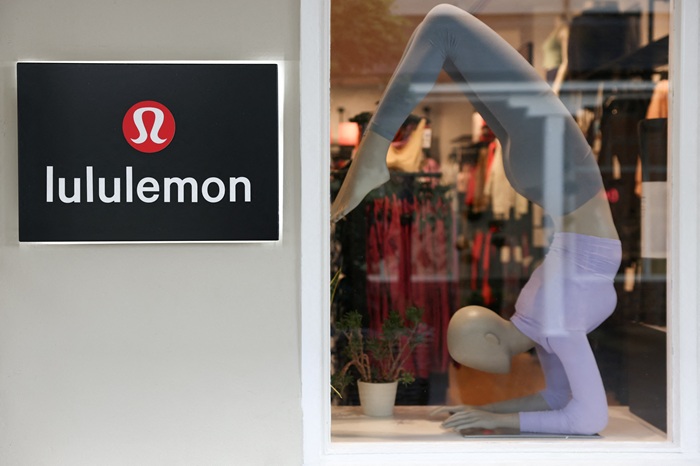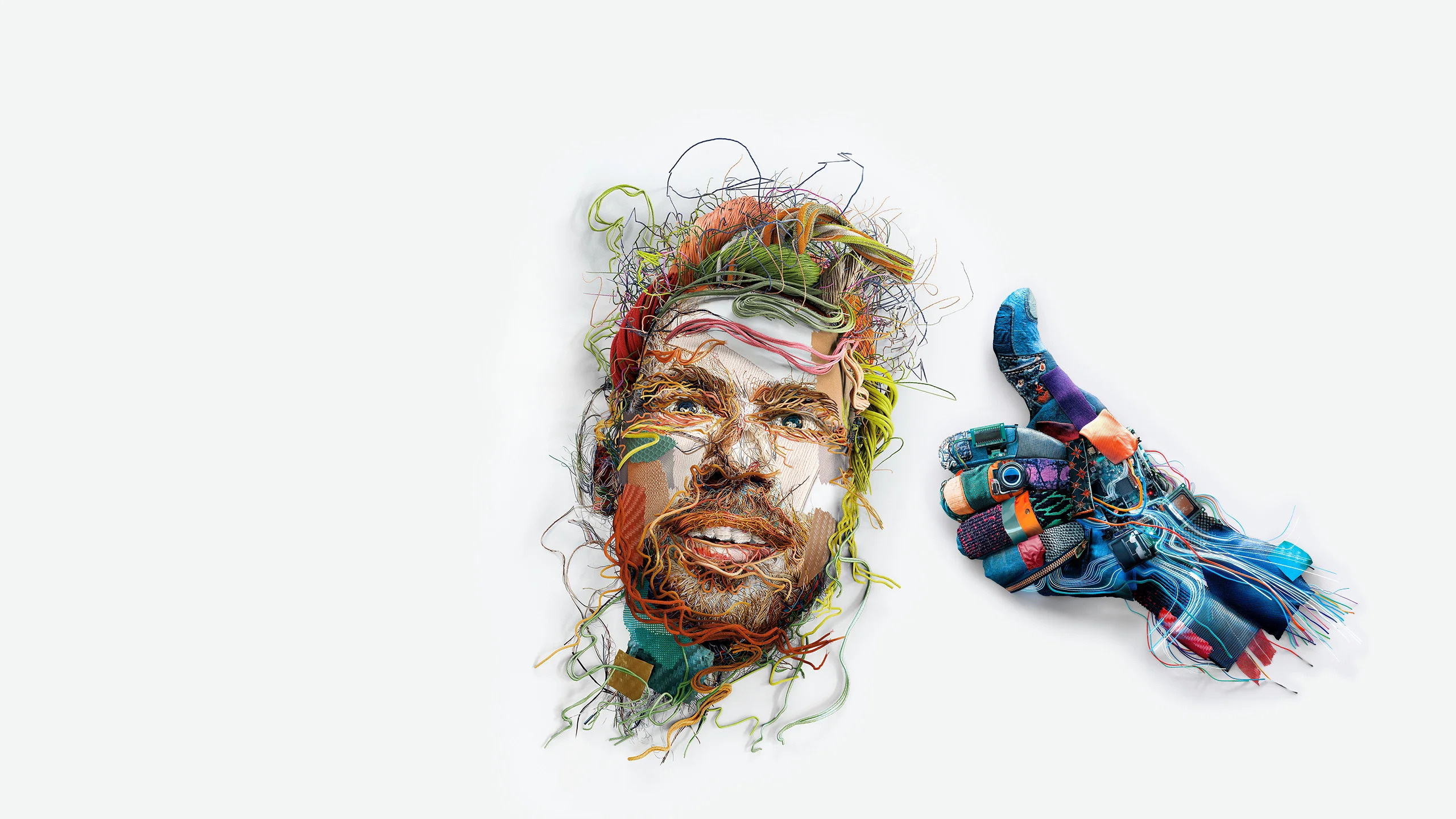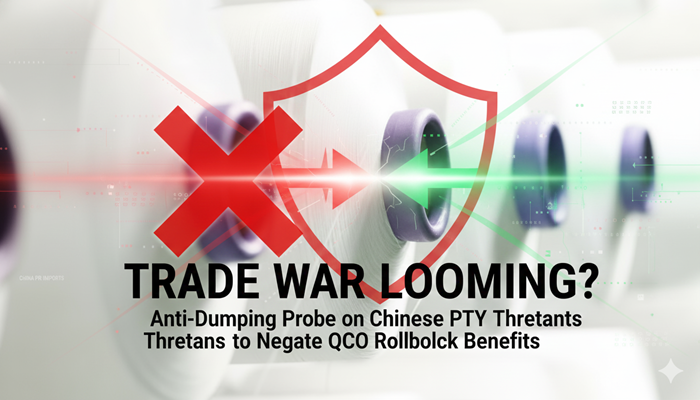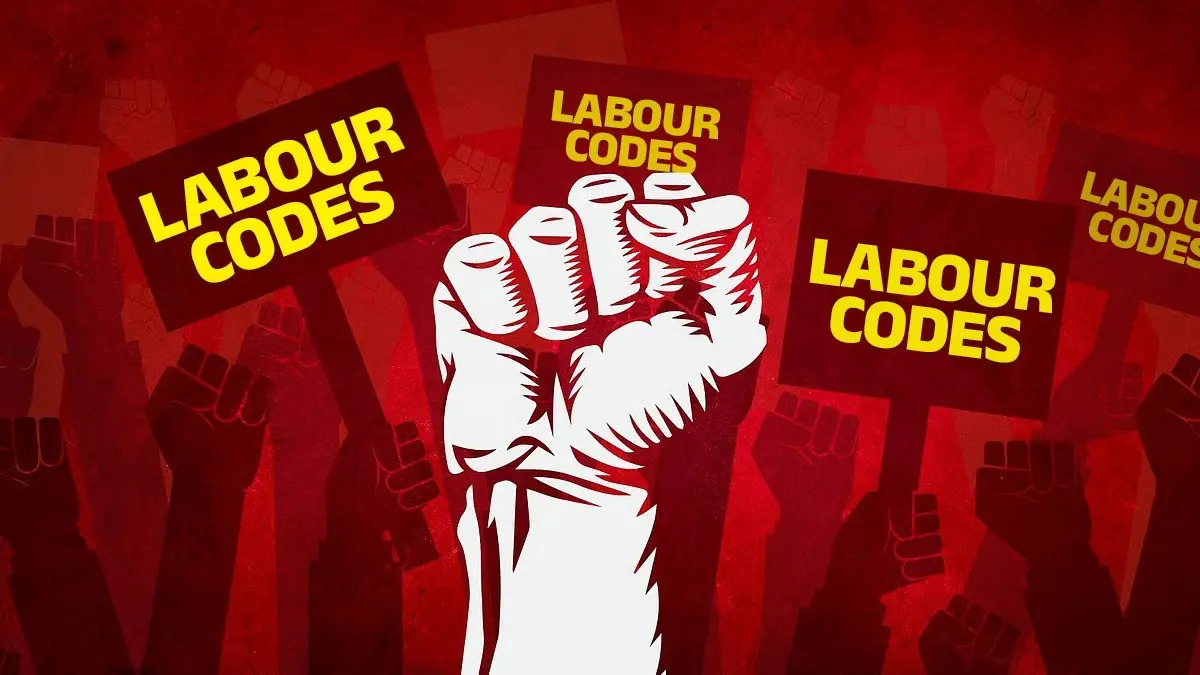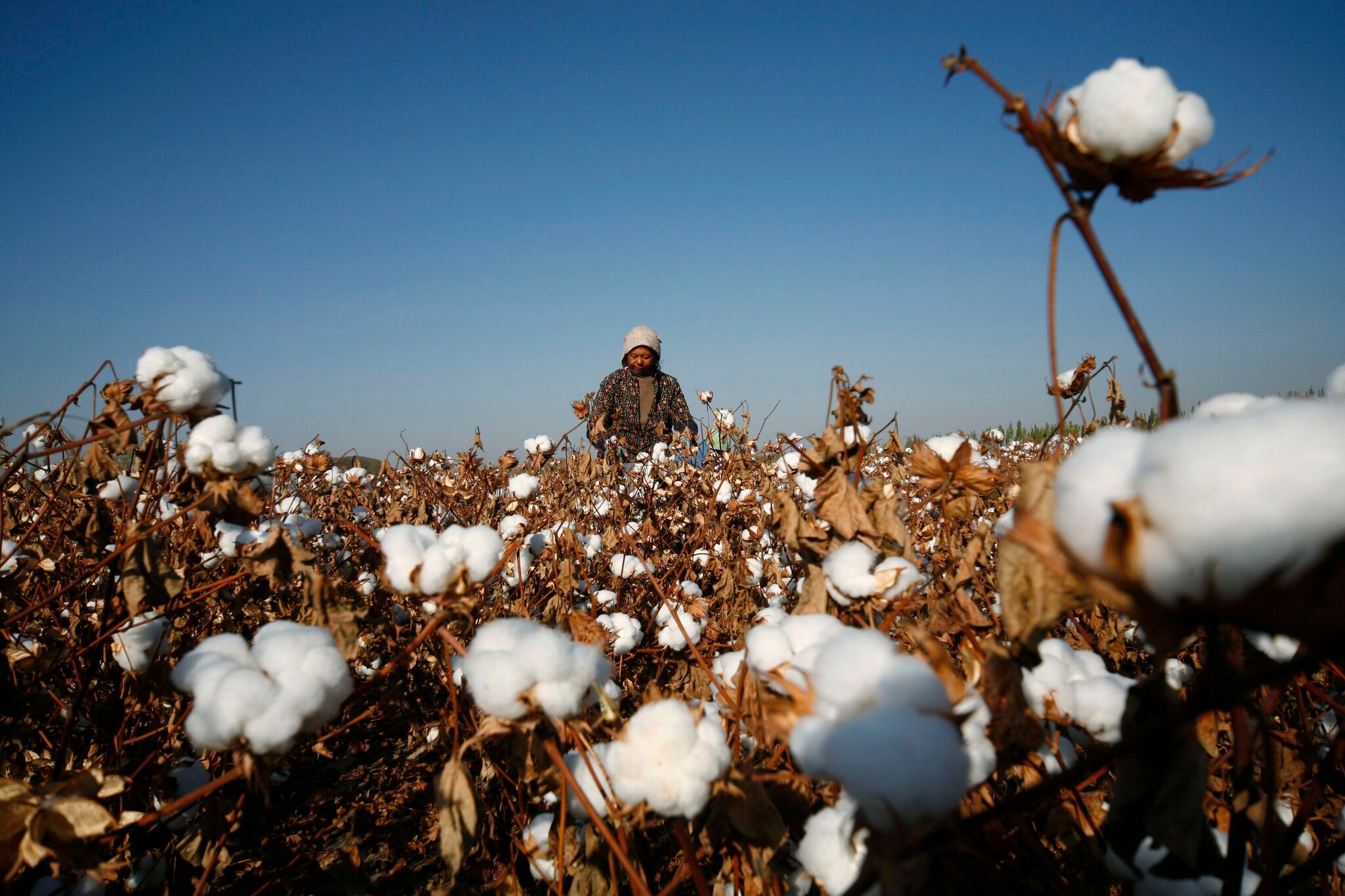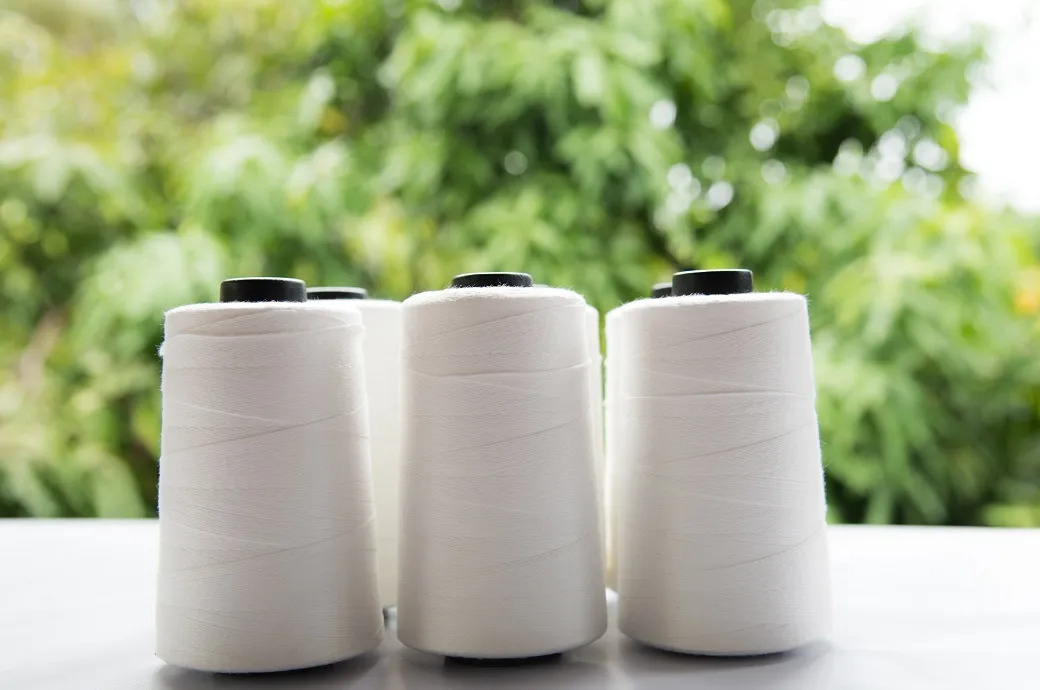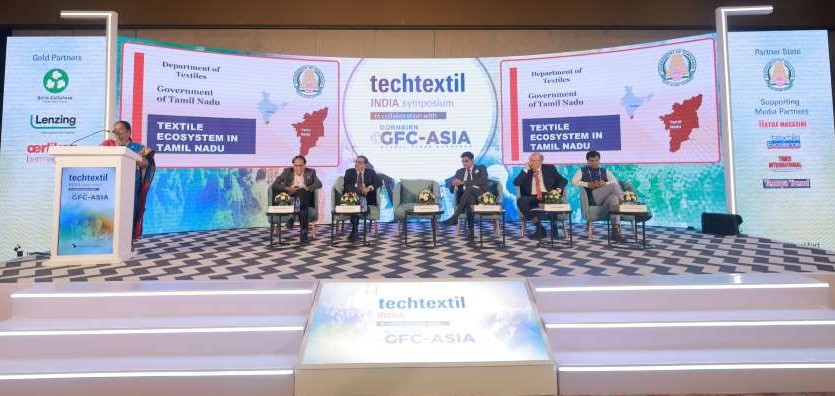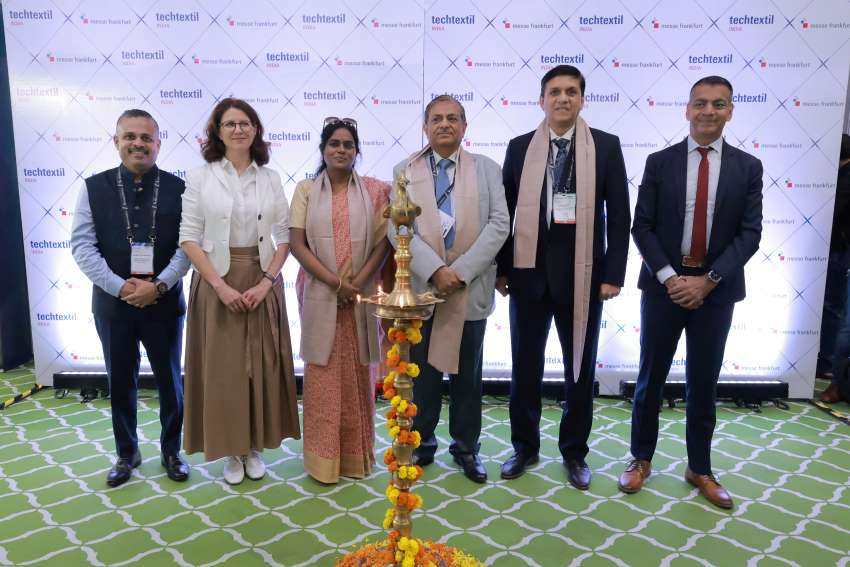
The global fashion industry is on the threshold to cross the $1 trillion mark by 2027. Yet beneath the glitter of runways and the allure of digital lookbooks, a more pragmatic revolution is taking hold—one driven not by moodboards or muse-inspired silhouettes, but by numbers. Fashion in 2025 is not abandoning creativity; it’s weaponizing it with data. And at the heart of this shift lies a single truth: Key Performance Indicators (KPIs) are no longer optional—they are existential.
The rise of KPI-led fashion
For decades, fashion operated largely on instinct, trend cycles, and creative gut-feel. But in a world where fast fashion is competing with responsible sourcing, and personalization must scale globally, decision-making needs sharper tools. That tool is measurement.
In today’s hypercompetitive environment, where consumer expectations shift faster than hemlines, KPIs have become the new compass. They align artistic vision with operational discipline and serve as a common language from design studios in Milan to factory floors in Tiruppur. Gone are the days when “best guess” planning sufficed. As a stakeholder put it, “You can’t manage what you don’t measure—and in fashion, what you don’t manage bleeds money and trust.”
Why KPIs are the industry’s new lifeline
Bridging vision with execution: KPIs bring structure to a chaotic value chain. When designers, merchandisers, marketers, and supply chain teams align around the same measurable goals—like sell-through rates or time-to-market—decision-making becomes collaborative rather than siloed.
Reducing waste, increasing accountability: Fashion’s sustainability crisis is no secret. With overproduction and markdowns choking profit margins and landfills, metrics like return reasons and deadstock percentages help brands cut excess before it starts. Efficiency isn't just profitable—it's ethical.
Replicating success through insights: Creative success in fashion is often perceived as lightning in a bottle. But KPIs offer repeatability. By analyzing what designs outperform, why certain SKUs return more, or which campaigns convert better, brands can continuously refine and replicate their wins.
Driving financial discipline: Margins are thinning, and competition is unforgiving. By tracking the percentage of full-price sales or understanding how iterations impact development costs, companies can take control of profitability. KPIs make value creation measurable.
What to Measure: The KPI framework for 2025 and beyond
Fashion's complexity demands KPIs that span every facet of the business. Here's a breakdown of the essential metrics defining the smartest global brands.
Table: Product Performance: Tracking what sells, what stumbles
|
KPI |
Definition |
Impact |
|
Sell-through Rate |
Percentage of units sold versus units produced for each style |
Identifies popular styles and informs future production planning. |
|
Return Rate/SKU |
Percentage of returns for each product, tracked by specific reason (e.g., fit, quality, damage) |
Highlights product deficiencies and improves customer satisfaction. |
|
Time-to-Market (Days) |
Duration from initial sketch to product launch |
Streamlines the product development cycle and enables faster trend response. |
|
# of Bestsellers/Collection |
Styles that consistently exceed sales targets or sell out completely |
Identifies high-performing designs and informs future collection strategies. |
|
Per cent of Collection Sold at Full Price |
Percentage of items sold without markdowns |
Measures the effectiveness of pricing strategies and product desirability. |
Table: Development Efficiency: Accelerating creation without compromise
|
KPI |
Definition |
Impact |
|
Number of Iterations/Style |
Number of design revisions required before final sample approval |
Optimizes the design process and reduces development costs. |
|
Sample Approval Rate |
Percentage of samples approved on the first round |
Indicates the accuracy of initial designs and technical specifications. |
|
Per cent of Tech Packs Completed on Time |
Percentage of technical specifications delivered by their deadlines |
Ensures smooth production handoffs and adherence to launch schedules. |
|
# of Styles Completed vs. Planned |
Actual number of styles finalized compared to the initial seasonal plan |
Assesses planning accuracy and resource allocation efficiency. |
Table: Supply Chain & Production: Creating a transparent, timely backbone
|
KPI |
Definition |
Impact |
|
% of Materials with Verified Certifications |
Percentage of raw materials meeting specific sustainability or ethical standards |
Ensures compliance with industry standards and aligns with brand values. |
|
On-Time Delivery Rate from Suppliers |
Percentage of orders received from suppliers by the agreed-upon date |
Prevents production bottlenecks and ensures timely product launches. |
|
% of Suppliers with Full Traceability Data |
Percentage of suppliers providing complete supply chain information |
Essential for transparency and compliance with evolving regulations like the Digital Product Passport (DPP). |
Table: Sustainability KPIs: Beyond profit, towards purpose
|
KPI |
Definition |
Impact |
|
Average CO₂ Footprint/Product |
Carbon emissions associated with each product's entire lifecycle |
Reduces environmental impact and appeals to growing eco-conscious consumer base. |
|
% of Products with Repair/Reuse/End-of-Life Plans |
Percentage of products designed for circularity or responsible disposal |
Promotes circular economy principles and enhances brand reputation. |
|
Waste-to-Approved Sample Ratio |
Amount of waste generated per approved sample |
Minimizes material waste during the design and development process. |
|
Use of Deadstock or Recycled Materials (%) |
Percentage of materials sourced from existing inventory or recycled content |
Reduces reliance on virgin resources and promotes sustainable sourcing. |
Table: Innovation & Validation: Future-proofing product development
|
KPI |
Definition |
Impact |
|
% of New Styles Validated with Waitlists/Pre-orders |
Percentage of new designs generating early customer interest before mass production |
Reduces the risk of unpopular launches and gauges market demand effectively. |
|
# of User-Tested Prototypes/Season |
Number of prototypes tested with target consumers |
Ensures product-market fit and enhances user experience. |
|
% of Products with Customer Feedback Data Attached |
Percentage of styles with integrated customer reviews and feedback |
Informs future design decisions and improves customer satisfaction. |
|
% of Styles Integrated with a DPP |
Percentage of products linked to a Digital Product Passport for transparency |
Meets regulatory requirements and enhances brand transparency and trust. |
Table: Team & Strategy: Cultivating a data-driven culture
|
KPI |
Definition |
Impact |
|
# of Cross-Department Design Reviews Held |
Number of collaborative design review meetings between teams |
Fosters inter-departmental collaboration and strategic alignment. |
|
% of Collection Aligned with Brand DNA or Themes |
Percentage of styles reflecting core brand identity and seasonal narratives |
Maintains brand consistency and strengthens brand recognition. |
|
# of Styles Aligned with Business Goals (Margin, Timing, Audience) |
Number of styles meeting specific financial, timeline, and target audience objectives |
Ensures the product portfolio contributes directly to overall business success. |
From art to algorithm, its a new fashion era
In 2025, fashion brands no longer have the luxury of ignoring data. The stakes are too high, and the competition too agile. Those that fail to adopt a KPI-led mindset will struggle not just with profitability, but with relevance.
In a world where Gen Z demands authenticity, regulators demand transparency, and consumers demand speed, KPIs offer a single path forward: clarity. Because fashion’s future won’t be shaped by trends alone—but by those who know why the trend worked, how to replicate it, and what it contributed to the bottom line.


